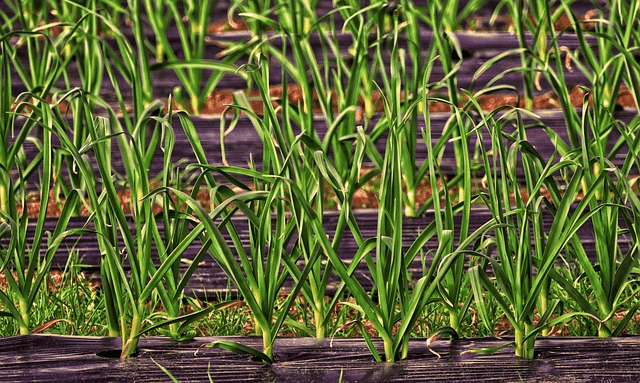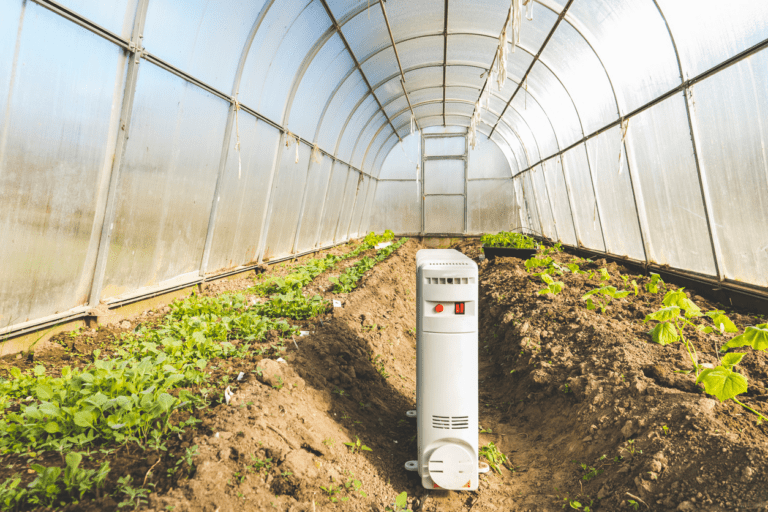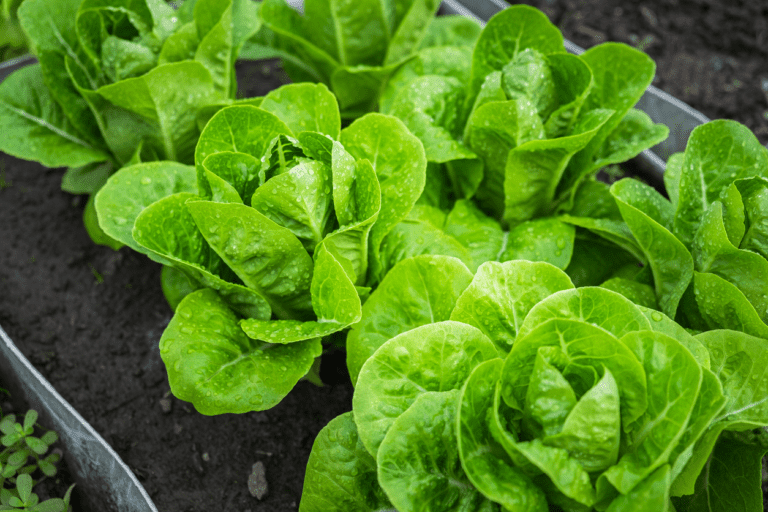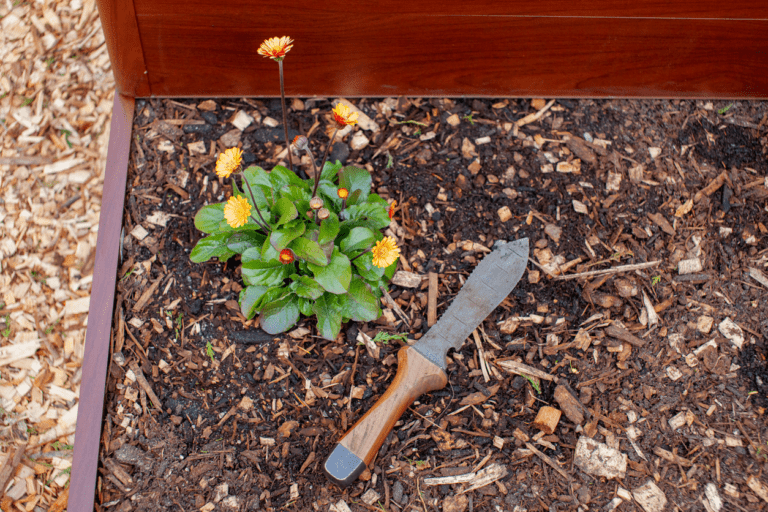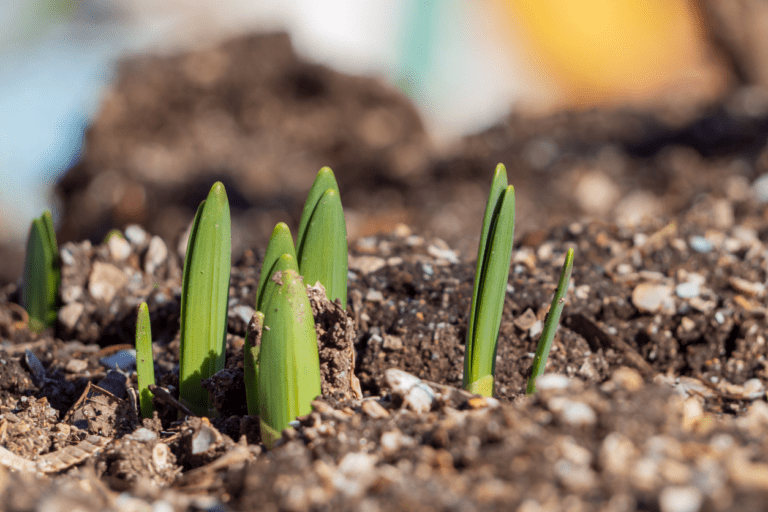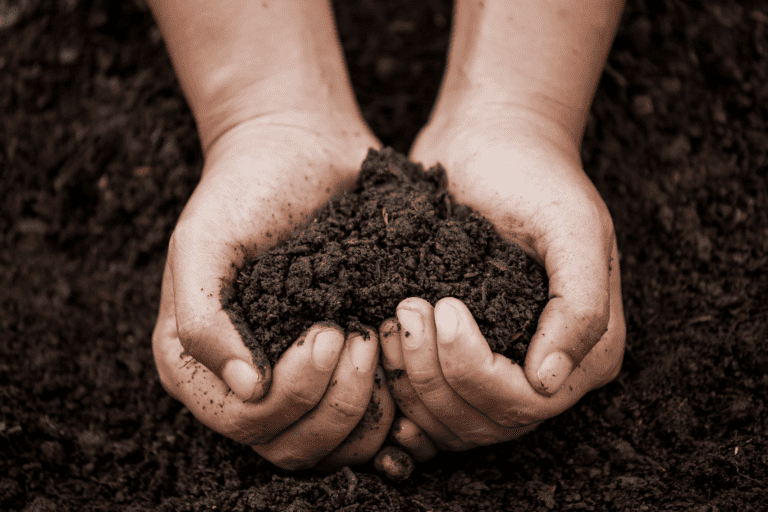How to start a vegetable garden in 2023? (Seven steps for success)
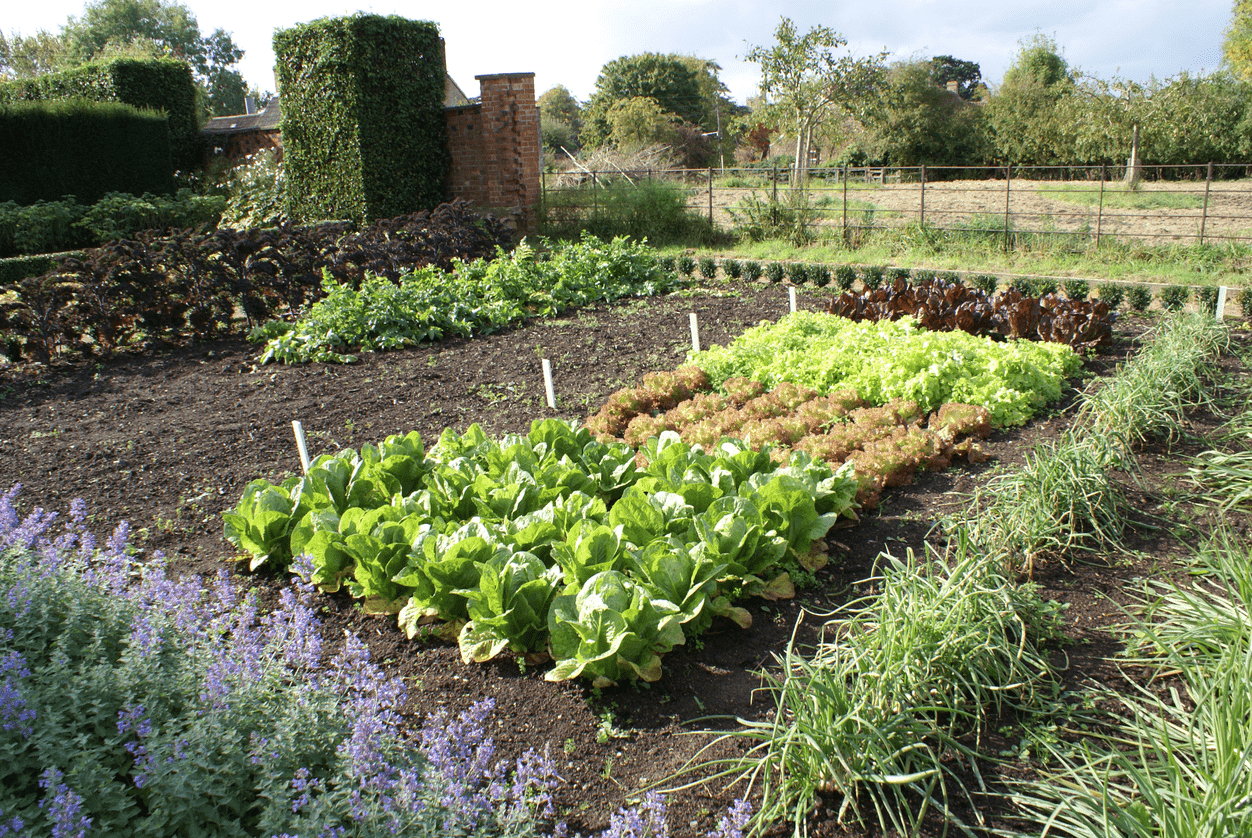
Starting a vegetable garden can seem overwhelming for beginners, but don’t panic. It’s not that complicated. The most important thing for new gardeners does not to have expectations like you did gardening for several years. You’ll be happy with the results if you always compare your garden to your previous garden.
The type of garden you start can be raised beds, container gardening, in-ground beds, etc.
The easiest type of vegetable garden is based on “in-ground beds.” It means that you use what mother nature gave you. You can separate growing spaces and walkways. Amend growing areas with organic matter or compost, and you can start your growing season.
Seven steps that help you successfully start a vegetable garden.
1. Pick the Right Location
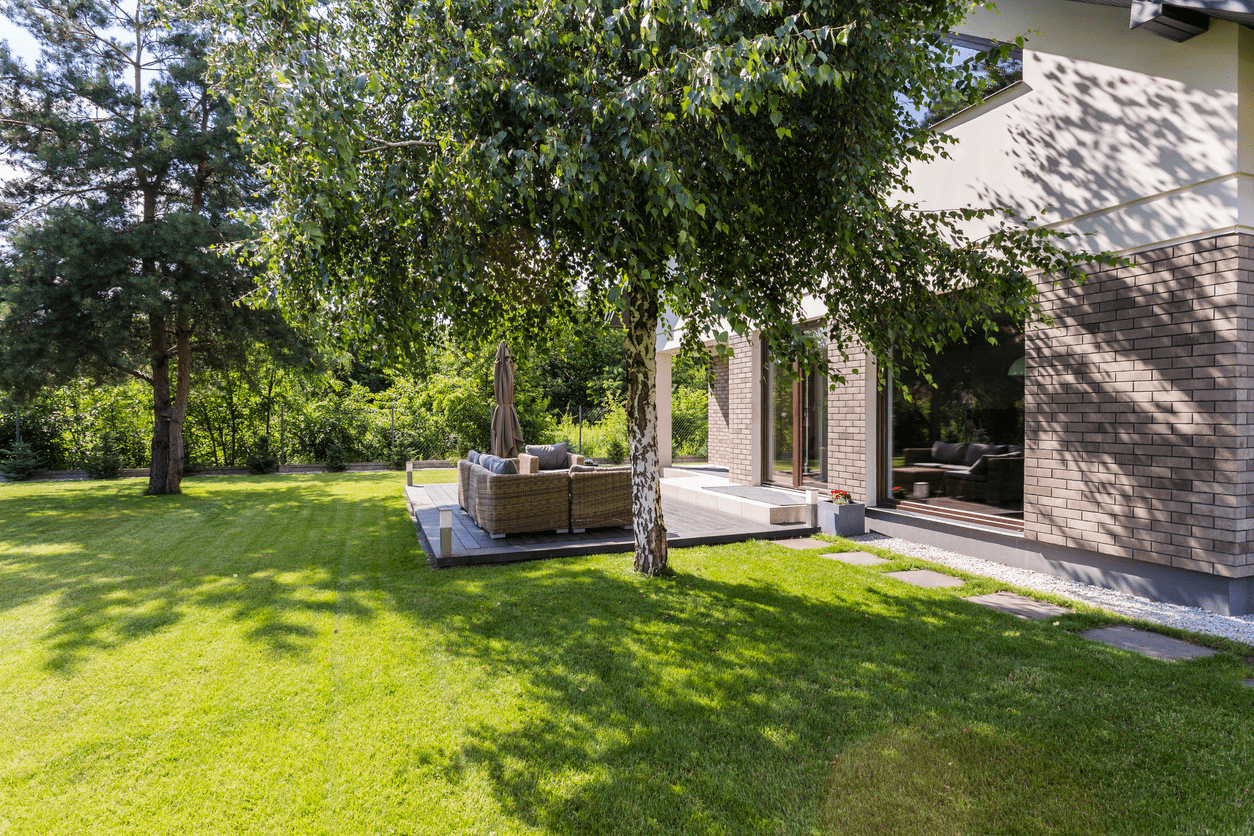
When starting a vegetable garden, choosing the location is the most important step. Most plants need at least 8 hours of direct sunlight a day. Some leafy greens or root vegetables can tolerate less sun, but the more you have, the better it is.
Another important factor is access. Place your new vegetable garden as close to your house as possible. If it’s hundreds of feet away, you will likely spend less time in it. On the other hand, if your garden is near your living area where you are every day, it’s easier to find time to maintain your plants.
2. Plan Your Garden
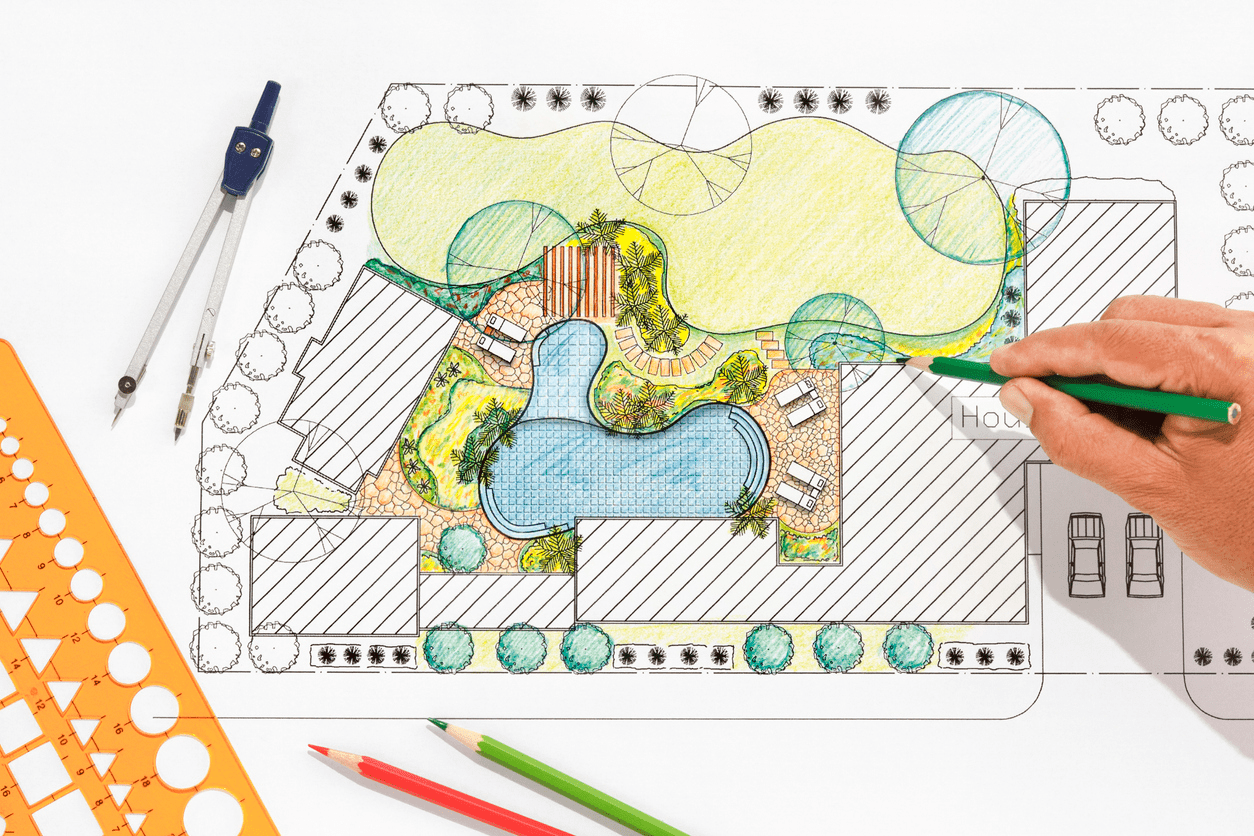
First, you need to find out how much space you have. Even if space is not limited, I suggest starting a small garden. Let’s go for a few quick wins and get a taste of gardening. You can always extend for the next season.
Second, you have to figure out what you love to eat. A common mistake is to start growing plants you have never eaten. Start with some easy ones, like salad greens, radishes, onions, tomato plants, or root crops like potato or beetroot.
Finally, when you know how much space you have and what plants you want to grow, draw a sketch of your garden and try to put every plant in it.
3. Prepare the soil
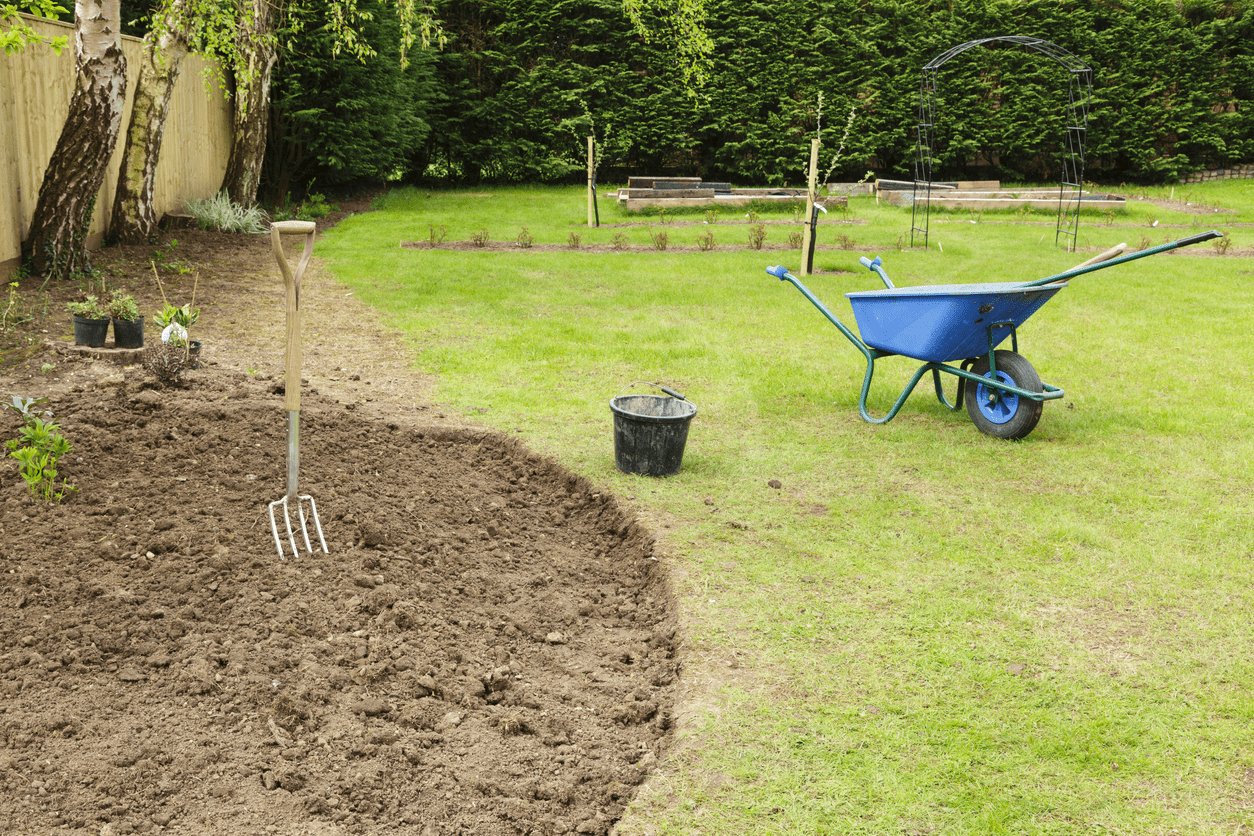
You can certainly plant vegetables in most native soils. However, you should amend your soil if you want the best results. Remove the weeds or lawn from your selected space. If you have access to good quality compost, the best is to apply a 4-6 inch layer to your growing area and start planting in that.
The best time to prepare your soil is from fall to early spring. However, you can start anytime during the year if you miss this timeframe.
4. Buy Seeds or Plants
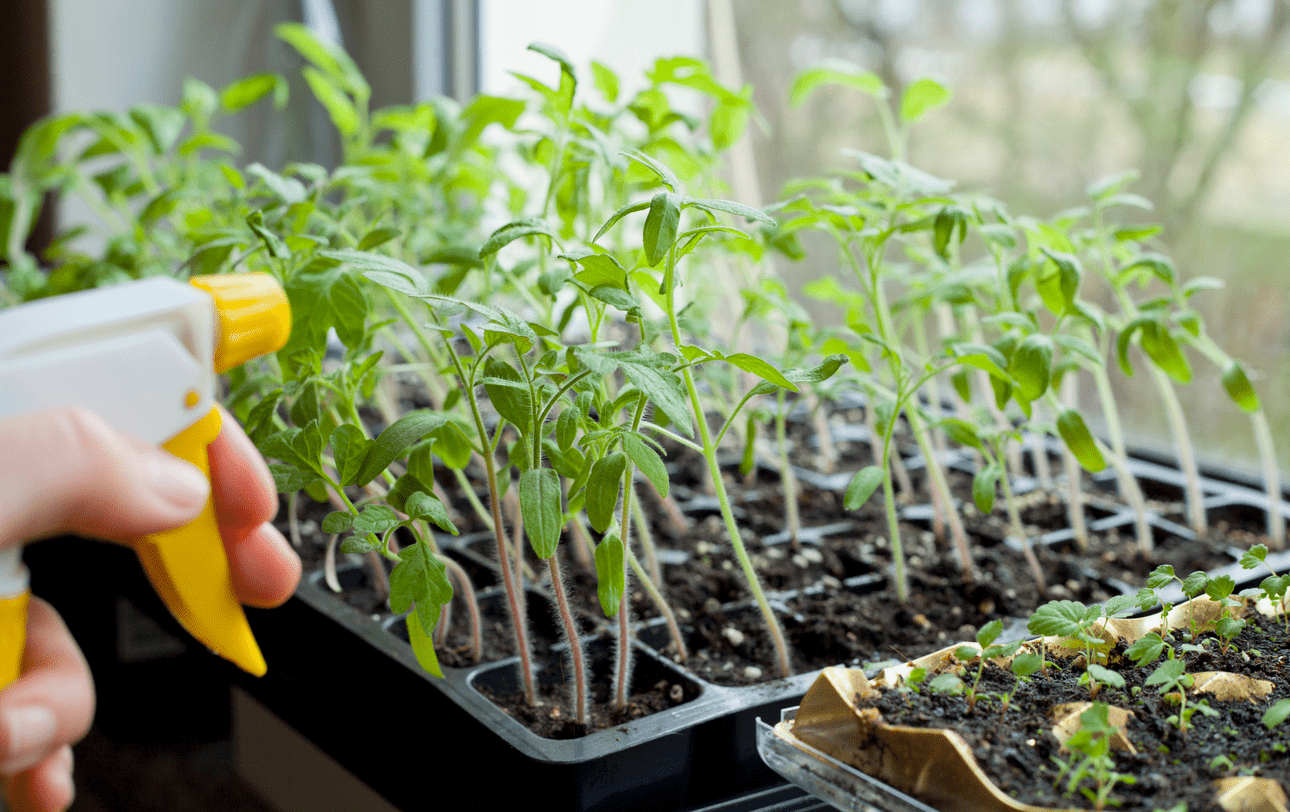
Vegetable gardening can be cheaper if you raise your plants from seeds. However, it needs some practice. When starting a vegetable garden, the best is to start some plants from seed to have some experience. Also, going into local garden centers and buying some transplants can make sense to guarantee success. They cost a lot more, but getting those quick wins with them is easier.
5. Plant Your Garden
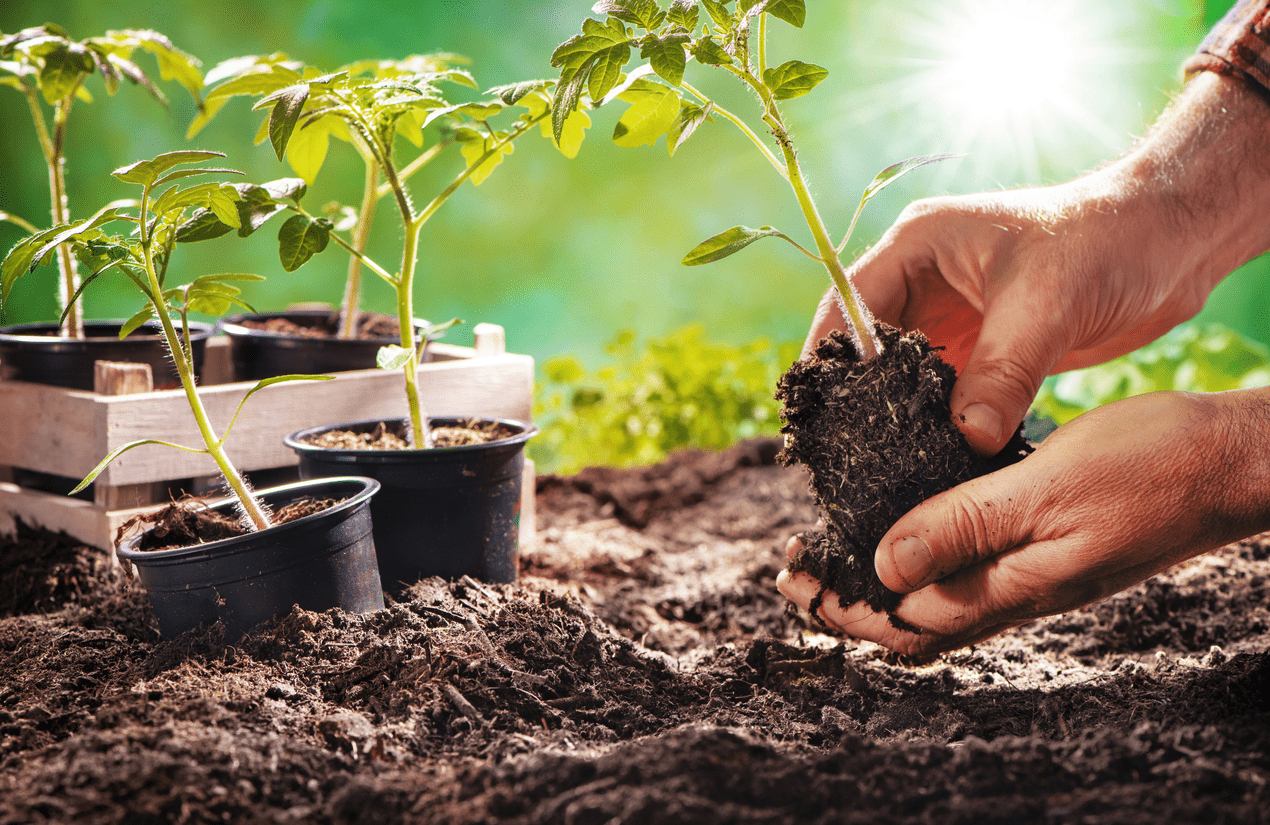
Each plant has different growing needs. Do some research and start planting. Consider the space that each plant will take. Also, watch “DTM,” which means “days to mature.” Starting with shorter DTM plants like radish is best because if you fail, you can start over several times during a growing season.
There are vegetable plants that prefer cold weather others are heat lovers. Early spring is best for salad greens, brassicas, or leafy vegetables.
6. Mulch Your Garden
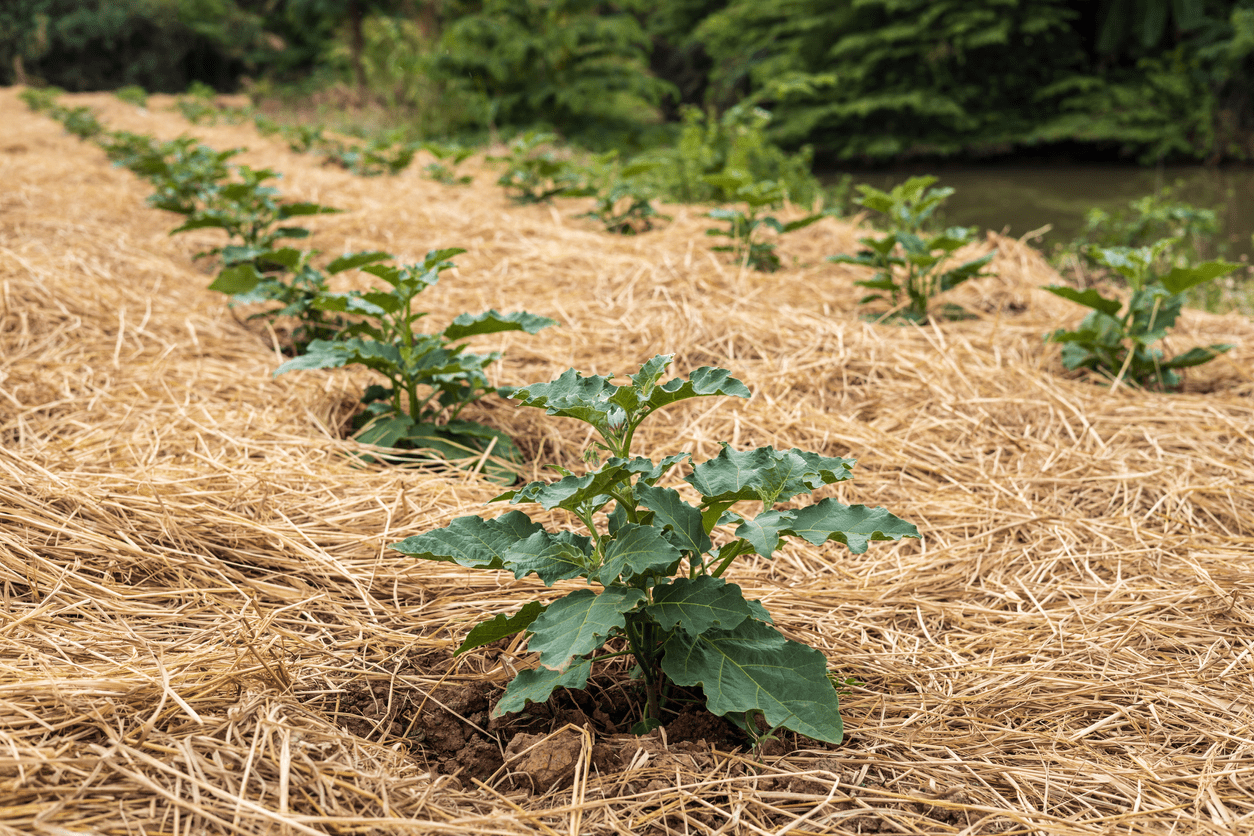
Mulching your garden is essential to have healthy soil. In nature, bare soil does not exist anywhere. There’s always some cover, like leaves, living plants, or organic matter. Try to mimic this in your vegetable garden.
With mulching, you can reduce the water needs for a new vegetable garden. This means it’ll cost less for you, and there’s less chance of killing your plants underwatering them.
7. Maintain Your Garden
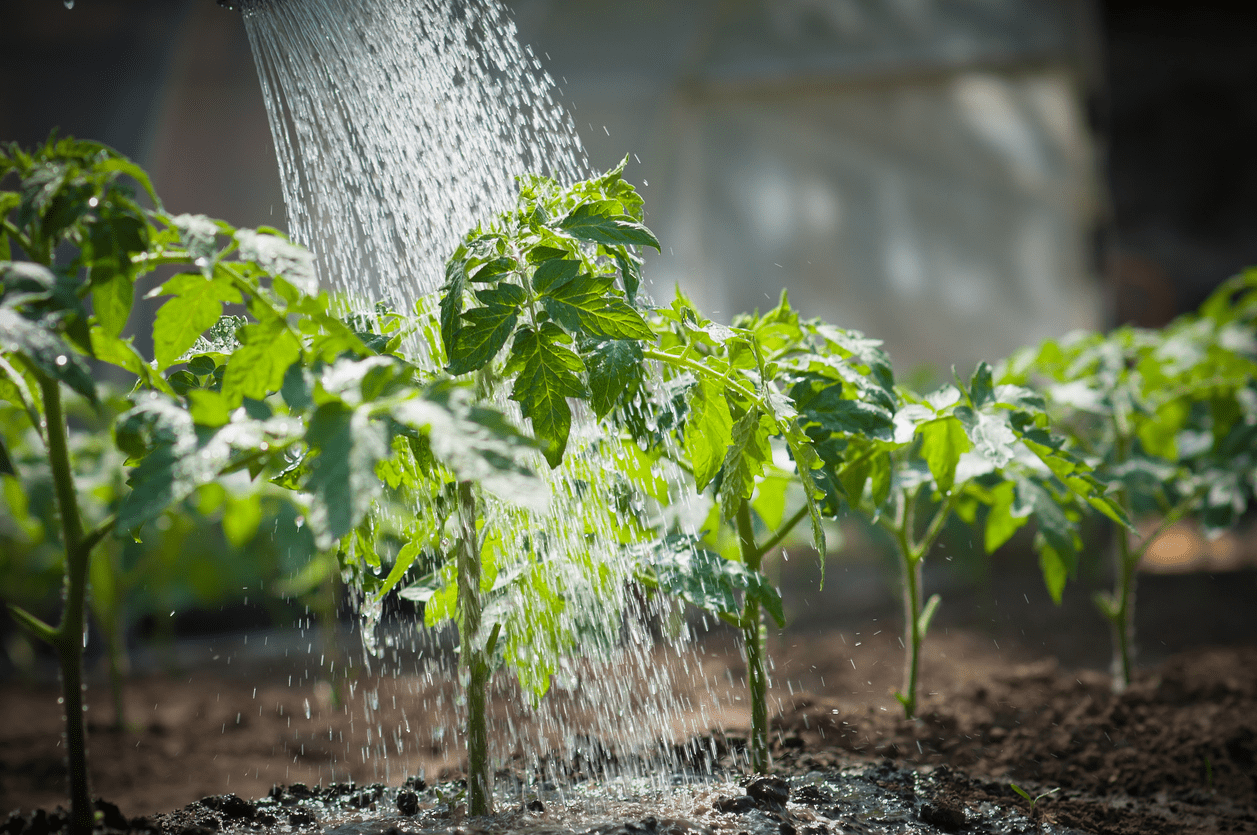
Your vegetable garden is never a static thing. It breathes, and it lives. This means it’s constantly changing day by day. If you pick your spot properly, you can access your garden daily. Keep an eye on your plants.
Watering is essential to have healthy plants. Always monitor the moisture level of your soil. A simple test is when you put your finger 1-inch deep into it. If you feel dry there, it’s time for watering.
Don’t get lazy when it comes to weeding. Pulling out small weeds is much easier than dealing with mature, well-rooted ones. Give your plants an advantage and remove weeds from your vegetable gardens.
Final thoughts
Don’t overthink vegetable gardening. Just start it. It’s better to have some success and a lot of failures than have nothing. As time passes and you get more experienced, you can enjoy fresh veggies like never before.

